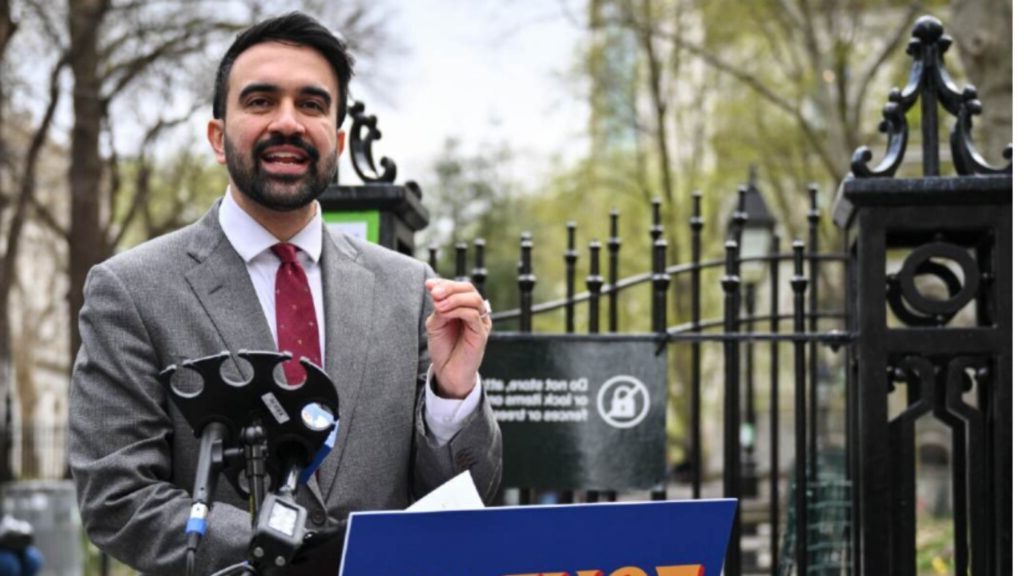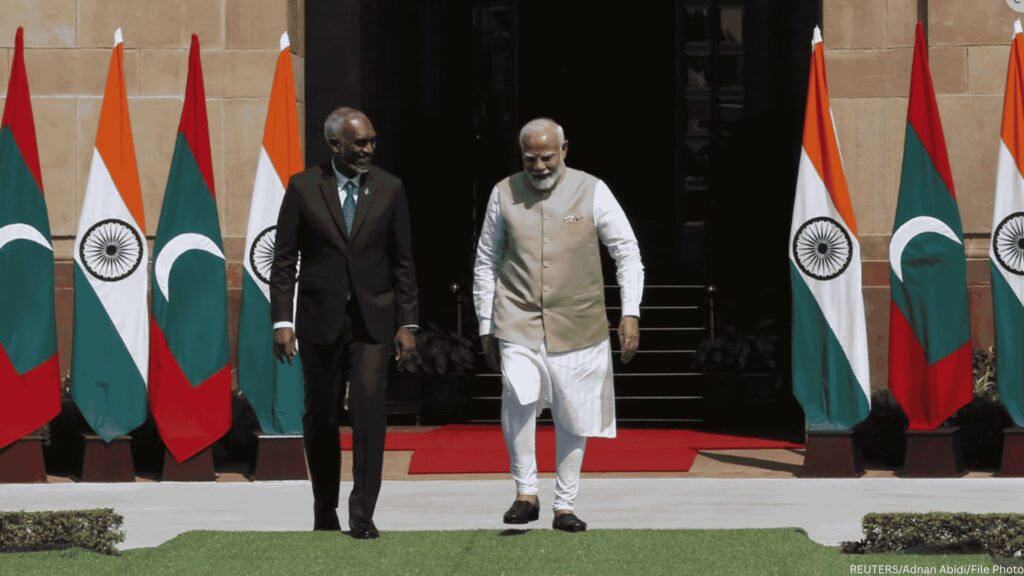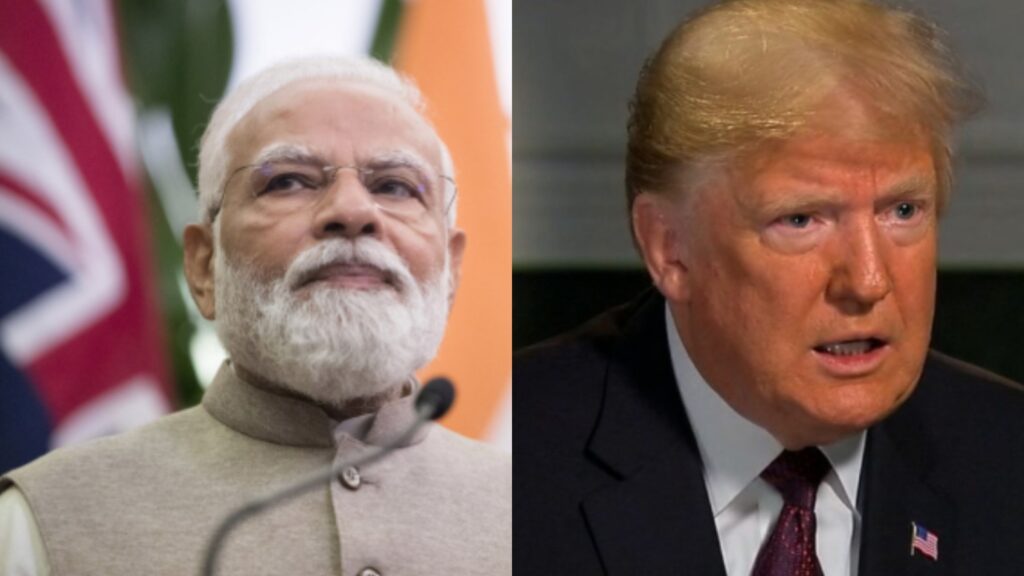India and Maldives Discuss Free Trade Agreement: A New Era of Economic Partnership
India and Maldives are in talks to establish a Free Trade Agreement (FTA) and investment pact, paving the way for deeper economic ties. Discover the impact of this partnership and its potential for both nations.
The Winds of Change Blow Over the Indian Ocean
For years, the Indian Ocean has served as a crossroads for trade, culture, and geopolitical strategies. But today, it finds itself at the center of an even more significant shift—a new chapter in the relationship between two key players in the region: India and the Maldives.
On July 22, 2025, the world learned that the two nations were in advanced discussions about a Free Trade Agreement (FTA) and an investment pact. For those of us who watch the subtle intricacies of global relations, this is big news. It’s not just a matter of trade deals and policy shifts—it’s a reflection of a deeper, more intertwined future. India and the Maldives are not only neighbors on the map but are about to become close partners in a way that could reshape the dynamics of the Indian Ocean and beyond.
But what does this mean, really? Why should we care about a free trade agreement between two nations whose economies are much smaller compared to global giants? Let’s dive in.
Why This FTA Matters: Economic Growth and Strategic Alignment
Strengthening Bilateral Ties
At the heart of this agreement is the mutual desire for economic growth. India and the Maldives have enjoyed a long-standing, friendly relationship, but their trade ties have been relatively underwhelming for a while. The current trade volume stands at nearly USD 500 million annually, which might seem impressive, but in the grand scheme of global commerce, it’s just a drop in the ocean.
A Free Trade Agreement could change that. By lowering trade barriers and boosting investment, both countries stand to gain significantly. For India, this is another step toward solidifying its position as an economic powerhouse in the Indian Ocean. For the Maldives, it’s a lifeline—an opportunity to bolster its economy, attract foreign investment, and diversify beyond tourism, which has been the primary driver of its GDP for decades.
A Strategic Shift in Regional Dynamics
It’s not just about numbers—this partnership is deeply strategic. The Maldives, a small island nation with just over 500,000 people, is located at a critical juncture of global trade routes. For India, strengthening ties with the Maldives ensures stability in the Indian Ocean region and a broader influence over maritime security and trade routes. This is where geopolitics meets economics, and the stakes are high.
This agreement also signals India’s increasing commitment to the region’s prosperity. In a world where China’s influence in the Indian Ocean is growing, India needs its friends—and the Maldives is one of the most significant. With China increasing its presence through the Belt and Road Initiative, India’s partnership with the Maldives is an important counterbalance in the region.
What’s on the Table: Areas of Focus for India and Maldives
Renewable Energy Cooperation
As both nations look to the future, renewable energy is emerging as a cornerstone of their cooperation. India, with its rapidly expanding renewable energy sector, is in a prime position to assist the Maldives with its own energy challenges. The Maldives is one of the most climate-vulnerable nations on Earth, and transitioning to sustainable energy sources is not just an economic move—it’s a survival strategy.
In the coming years, India could help the Maldives tap into solar, wind, and perhaps even ocean-based energy solutions. This collaboration could have long-lasting environmental and economic impacts, especially as global attention turns to clean energy.
Fisheries and Maritime Cooperation
Another exciting area for collaboration is fisheries. The Maldives’ fishing industry is vital to its economy, but it is also incredibly vulnerable to climate change. India’s expertise in sustainable fishing and maritime technologies could play a key role in supporting the Maldives in maintaining this critical industry. Through the FTA, both nations will likely increase their focus on sustainable fishing practices, ensuring that both can reap the benefits without overexploiting resources.
The Greater Malé Connectivity Project
Infrastructure development is another pillar of this growing partnership. India’s involvement in the Greater Malé Connectivity Project—a massive bridge and causeway system linking several islands of the Maldives—is already underway. This project, part of a larger suite of Indian-backed initiatives, is symbolic of the deeper engagement between the two countries. It’s not just about physical infrastructure; it’s about building the foundation for long-term collaboration.
How the FTA Fits into India’s Global Strategy
India is on the rise. We’ve seen it over the past decade—its GDP growing, its technological sector expanding, its military and political clout increasing. But growth comes with challenges, especially when it comes to global positioning. The Free Trade Agreement with the Maldives is not just about boosting trade or strengthening ties with one island nation—it’s a key part of India’s strategy to cement its role as a leading power in the Indian Ocean and beyond.
It’s also a smart move in terms of diversification. For too long, India has relied heavily on the West, particularly the United States and Europe, as its primary trade partners. But as the world evolves, India must cultivate relationships in all corners of the globe. The Maldives, while small, is strategically located, and strengthening ties with it opens doors for more regional cooperation across the Indian Ocean rim.
Looking Ahead: Modi’s Upcoming Visit to the Maldives
On July 25–26, 2025, Indian Prime Minister Narendra Modi will visit the Maldives to further solidify this relationship. His visit is likely to signal the official launch of formal negotiations for the Free Trade Agreement and investment pact. It’s not just a diplomatic trip; it’s a moment to set the tone for the future. This visit could very well be the beginning of a new era of collaboration—one that transcends trade and touches on every aspect of life, from energy to security to cultural exchange.
India and the Maldives are embarking on a journey together—a journey that promises to elevate their relationship to new heights. From free trade to renewable energy, from fisheries to infrastructure, the opportunities are vast, and the potential for growth is huge. This isn’t just about two countries striking a deal; it’s about two nations coming together for a future of mutual prosperity and security.
This deal could well become a blueprint for how small and large nations can collaborate in a fast-changing world. It’s a reminder that even in an era of shifting global power, relationships based on shared interests and respect can create something meaningful.
The future of the Indian Ocean is being shaped today, and India and the Maldives are at the heart of it.
What are your thoughts on this new partnership? Do you believe the Free Trade Agreement will benefit both nations equally? Share your thoughts in the comments below!
US Embassy Issues Warning to Indian Visa Holders After Shoplifting Incident –








I think this is among the most vital info for me. And i am glad reading your article. But want to remark on some general things, The web site style is wonderful, the articles is really nice : D. Good job, cheers
Some truly howling work on behalf of the owner of this web site, absolutely great subject material.
It is actually a nice and useful piece of info. I¦m satisfied that you simply shared this helpful info with us. Please stay us up to date like this. Thanks for sharing.